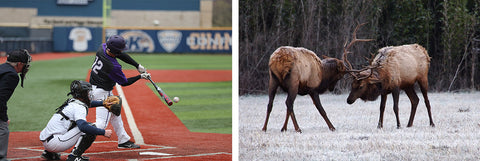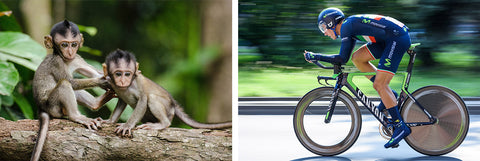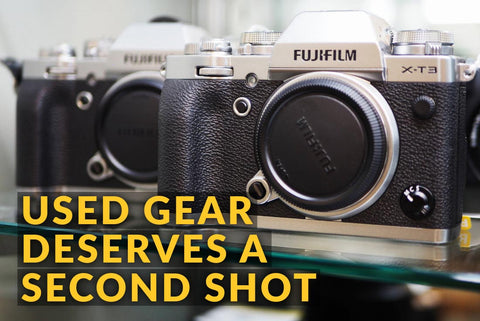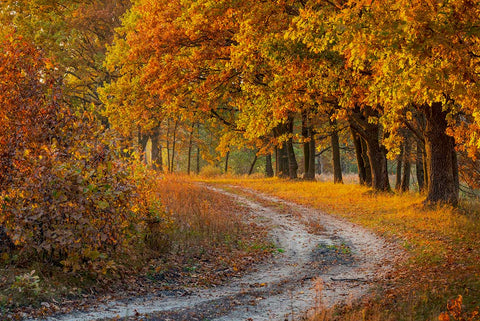Shopping for lenses can be pretty intimidating with all the different options. Prime lenses, zoom lenses, macro lenses... what does it all mean?
We've put together a quick guide to help demystify some of your options, so you know what you're looking for on your next shopping trip.
Why is choosing the right lens so important?
When it comes to photography, the lens you use can make all the difference. It's like choosing the perfect pair of glasses to see the world through. Each lens has its own unique characteristics, and picking the right one for your style of photography is essential to capturing those picture-perfect moments.
What's your photography style?
Are you a landscape lover, a portrait enthusiast, or an action addict? Knowing your photography style is the first step in finding the lens that suits you best. Just like a fashionista knows what clothes flatter their body type, a photographer needs to know what lens flatters their subject.
Prime Lenses
Prime Lenses have a fixed focal length that cannot be zoomed in or out. For those who love capturing the essence of people, a prime lens is the way to go. Its fixed focal length allows you to create beautiful bokeh, blurring the background and making your subject pop. They are oftentimes lightweight, good in low light conditions, and tend to produce sharper images than zooms. With a prime lens, you can capture the emotions and personality of your subjects in a way that no other lens can.
Common Focal Lengths: 35mm | 50mm | 85mm | 135mm
Uses: Weddings | Portraits | Street Photography

Zoom Lenses
Zoom Lenses allows the user to zoom in or out to various focal lengths while maintaining focus. These versatile lenses allow users to stay in one spot which is great for wildlife, sports, and wedding photography.
Common Focal Lengths: 55 - 200mm
Uses: Weddings | Portraits | Wildlife | Sports

Telephoto Zoom Lenses
If you're always chasing the action, a telephoto lens is your trusty companion. Whether you're photographing sports, wildlife, or your kids running around the backyard, a telephoto lens lets you get up close and personal, even from a distance. It's like having a front-row seat to all the excitement.
Common Focal Lengths: 100 - 600mm
Uses: Sports | Wildlife | Astronomy

Wide Angle | Ultra-Wide Angle Lenses
Wide Angle and Ultra-Wide Angle Lenses give a wide field of view and good depth of field which makes them a favorite among landscape photographers. It allows you to fit more of the scenery into your frame, making those mountains look even more majestic. With a wide-angle lens, you can create stunning panoramic shots that will make your friends green with envy.
Wide Angle Common Focal Lengths: 24-35mm
Ultra-Wide Angle Common Focal Lengths: 8-24mm
Uses: Landscapes | Interiors | Cityscapes | Abstract | Panoramics

Macro Lenses
Macro Lenses are designed specifically to capture extreme close-ups of small subjects highlighting the subject’s fine details. It allows you to capture the intricate details of flowers, insects, and other tiny subjects that often go unnoticed. With a macro lens, you can reveal a whole new world that's invisible to the naked eye.
Common Focal Lengths: 50 - 200mm
Uses: Macro Photography - Nature | Animals | Jewelry | Abstract

Protective Lens Filters
There's so much more to a protective lens filter than its name: "protective." Whether you're using a protective filter strictly for protection or for UV glare--filters have many unrealized benefits. Keep reading to learn more about filters and how at least one should be in your kit!





